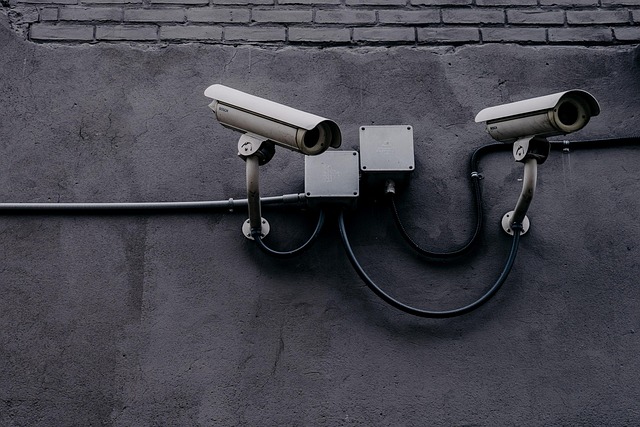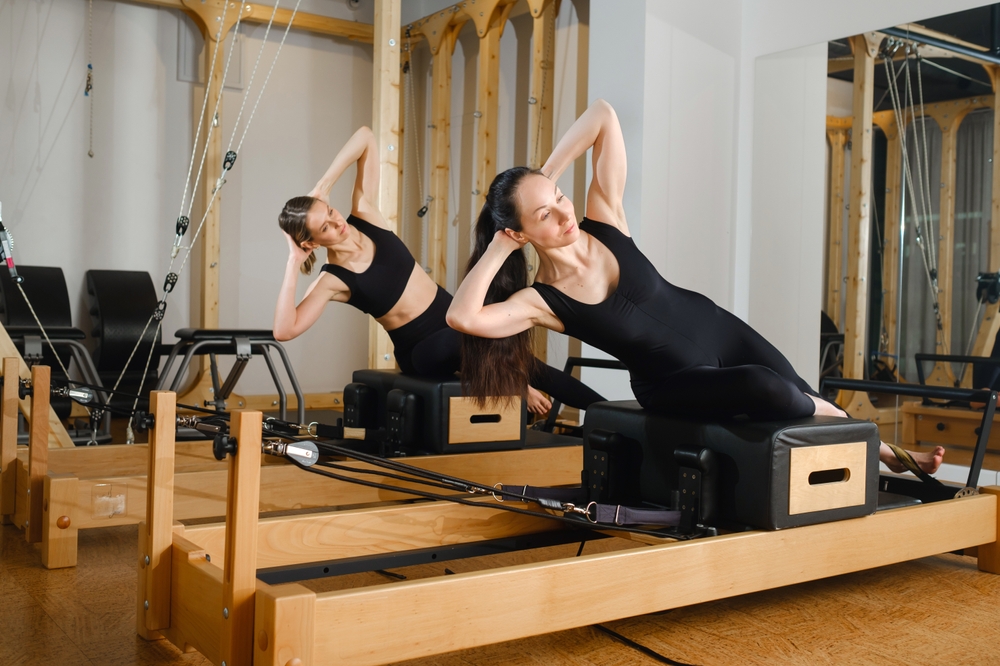Using Temperature and Motion Alerts to Improve Sleep Safety
A well-configured baby monitor can help caregivers keep a closer, yet non-intrusive, eye on an infant’s sleep environment. Temperature and motion alerts are two features that, when used appropriately, add context to audio and video monitoring and help identify conditions that may affect a child’s comfort and safety during sleep. This article explains how these alerts work and how to balance usefulness with privacy and reliability.

How temperature monitoring supports a safe nursery environment
Monitoring room temperature in a nursery gives a continuous data point about the infant’s sleep environment. Many monitors include a built-in temperature sensor that triggers alerts when the room is unusually warm or cold. These alerts are useful because overheating and extreme cold can interrupt sleep and contribute to discomfort. Place sensors away from direct sunlight, heating vents, or the baby’s crib to avoid false readings. Combining temperature alerts with routine checks helps caregivers respond quickly while preserving stable conditions for healthier sleep.
What motion alerts detect and their role in infant monitoring
Motion alerts often use either audio- or camera-based movement detection to notify caregivers of significant activity, such as rolling, sudden movements, or lack of expected motion. Some systems support sensitivity adjustments so you can reduce false alarms from bedding or pets. For newborns, absence-of-motion alerts are sometimes marketed to flag prolonged stillness, but these should be treated as informational rather than diagnostic. Always interpret motion alerts alongside other signs — breathing patterns, color, and responsiveness — and follow safe sleep guidance from pediatric professionals.
Integrating audio, video, and nightvision with alert systems
Combining audio and video streams with temperature and motion alerts offers a fuller picture of sleep safety. Nightvision cameras enable clear video feeds in low light so caregivers can visually verify conditions when an alert occurs. Two-way audio lets a parent soothe without entering the room, which can be useful if a motion or temperature alert coincides with fussing. When using streaming features, ensure the camera is positioned to show the crib area without capturing unrelated private spaces, and confirm that nightvision infrared doesn’t shine directly into a baby’s eyes.
Connectivity, wireless streaming, and reliability considerations
Modern monitors rely on wireless connectivity for streaming and push alerts. Wi-Fi or secure proprietary links must be stable to ensure timely alerts. Consider redundancy where possible: local audio monitoring or base units with direct connection reduce dependence on home internet during outages. Check latency and alert settings during setup — frequent false positives can cause alert fatigue while delayed alerts reduce usefulness. For families using local services or installers in your area, ask about signal interference and recommended router placement to improve overall device performance.
Battery life, portability, and practical alert management
Battery-powered cameras and portable units offer flexible placement and help when moving the monitor between rooms. However, battery drain can affect both streaming and the frequency of alerts. Select devices with battery level notifications and scheduled charging windows to avoid lapses. Configure alert thresholds to reflect your infant’s routine and the room’s typical temperature range so you receive actionable notifications rather than constant pings. Portability is valuable for travel or daytime monitoring, but ensure proper mounting and stable positioning to avoid motion-triggered false alarms.
Privacy, security, and camera best practices
Protecting recorded streams, saved footage, and alert metadata is critical. Use strong, unique passwords, enable two-factor authentication when available, and keep device firmware up to date to minimize vulnerabilities. Limit cloud storage to what you need and review privacy settings for remote streaming and sharing. Place cameras so they capture only the nursery area, and be mindful of what other devices in the home may access the same network. Clear communication with caregivers about who receives alerts reduces accidental sharing and supports consistent monitoring practices.
This article is for informational purposes only and should not be considered medical advice. Please consult a qualified healthcare professional for personalized guidance and treatment.
Conclusion Temperature and motion alerts can enhance infant sleep monitoring when used thoughtfully alongside audio and video feeds. Proper sensor placement, calibrated alert thresholds, reliable connectivity, and attention to privacy create a system that supports safer sleep environments without over-reliance on technology. Use alerts as part of a broader safe sleep routine and consult professionals for health-related concerns.





